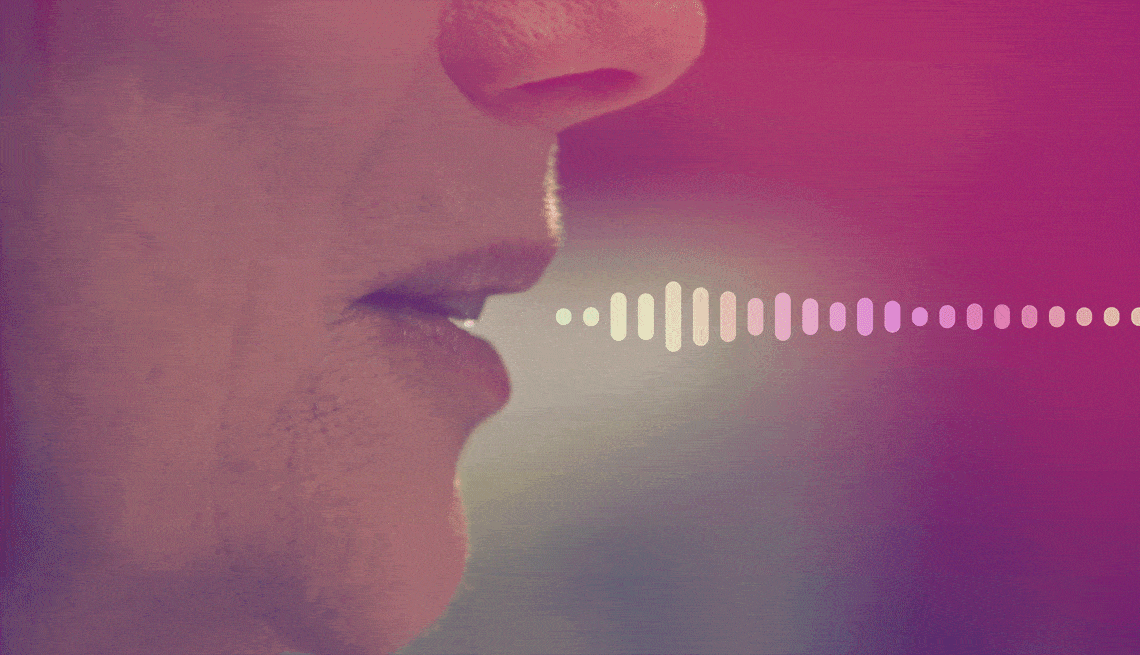AARP Hearing Center


One of Michelle Adessa’s patients was a couple of years into retirement when he noticed a change in his voice. For seemingly no reason, it had become breathy and hoarse — something the 71-year-old hadn’t experienced over the course of his career in sales and marketing, recalls Adessa, a speech pathologist with the Cleveland Clinic’s Voice Center. He couldn’t help but notice it had gotten progressively worse in the six months since his wife died and he’d begun living alone.
Increasingly self-conscious, the patient began to withdraw socially. He stopped doing his regular readings at church and singing in the church choir; he begged off his weekly get-togethers at the local diner because friends, many of whom wore hearing aids, couldn’t hear him when he spoke.
By the time he went in search of a diagnosis — at the urging of his family — he was sure he had somehow done permanent damage to his voice. Turns out, he had a common, treatable condition called presbyphonia, or “aging voice.” Similar to how your abs, glutes, biceps and other muscles require regular exercise to stay strong, so do the muscles in your voice.
The vocal cords, also known as vocal folds, “are essentially muscle covered in vibratory tissue,” Adessa explains. “As we age, our muscles become weaker, a process called sarcopenia. It affects the body at large, and also the muscles inside the vocal folds. As the vocal folds thin — or atrophy — they don’t touch in the middle and let air escape when you talk. This can make the voice sound raspy, weak or breathy.”
That’s not the only factor at play. What’s known as respiratory drive — the intensity of your respiratory center’s output, which determines how much effort is required to breathe — “changes as we age, as does hearing,” Adessa says. “All of these changes can lead to the qualities that produce an aging voice.”




































































More From AARP
Medical Breakthroughs That Could Impact Aging
Advances that aim to keep us healthier, longerWhy Age and Alcohol Don't Mix
Plus, a look at the latest research and health warnings
#1 Exercise for Your Butt and Glutes
If you have time for only one exercise for your tush, here is an easy, safe and effective way to strengthen these muscles